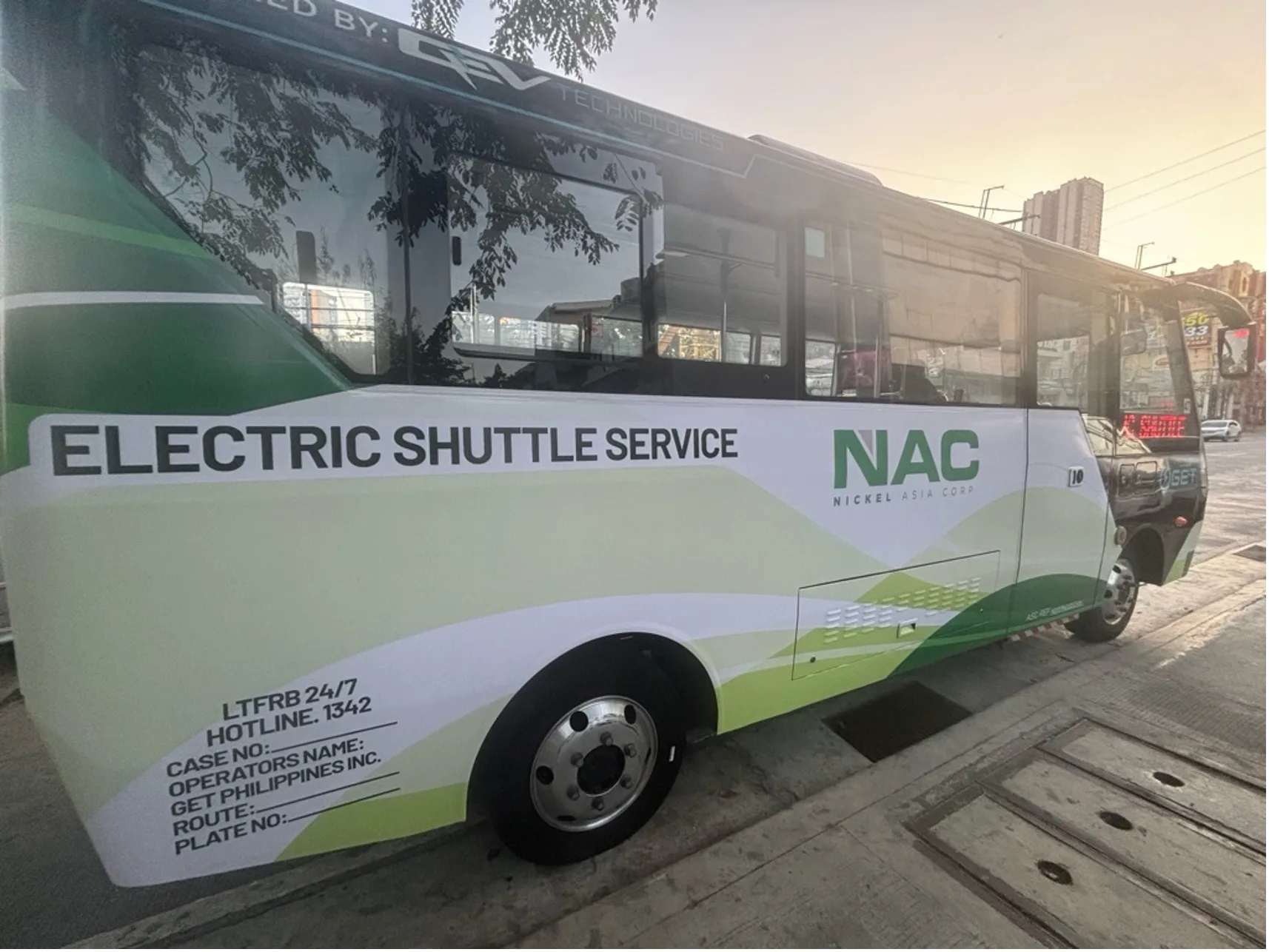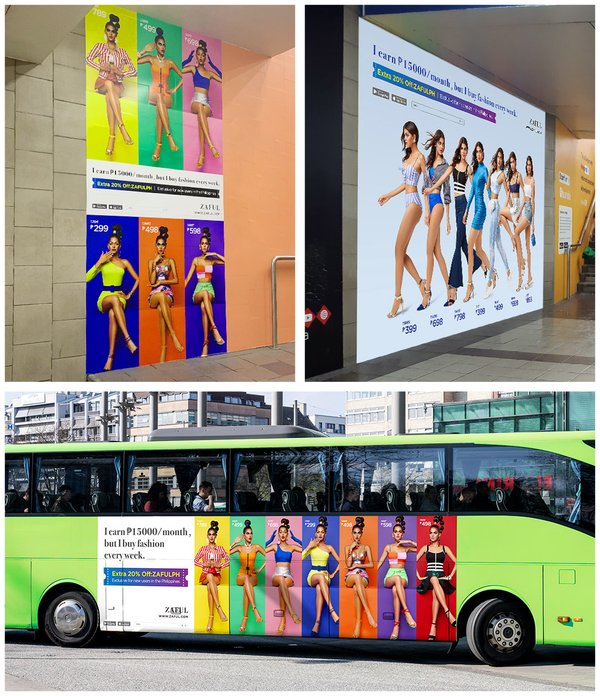A Comprehensive Examination of the Techniques and Strategies for Effective Transportation Advertising And Marketing Campaigns
Transit advertising and marketing projects offer a special possibility for brand names to involve with varied audiences in dynamic atmospheres. To accomplish success, it is necessary to understand the nuances of target demographics, implement ingenious layout strategies, and select ideal positioning places. Moreover, the performance of these projects can be substantially improved by carefully keeping an eye on performance metrics and adapting strategies appropriately. As we explore these crucial components, it comes to be clear that the course to an impactful transit marketing strategy is both rewarding and elaborate, raising the concern of exactly how ideal to browse these intricacies for maximum brand visibility.
Recognizing Target Demographics
Comprehending target demographics is essential for the success of transportation marketing campaign (Transit Advertising Philippines). Determining specific audience sectors enables marketers to customize their messages efficiently, making certain that the content resonates with the designated audiences. This approach improves involvement and makes best use of roi
To successfully assess target demographics, online marketers need to consider several crucial variables, including age, income level, way of living, and profession preferences. As an example, a campaign aimed at young professionals might focus on ease and modernity, while one targeting households might highlight security and reliability. Additionally, geographical variables such as rural versus urban settings can significantly affect consumer habits and choices.
Information collection approaches such as studies, emphasis teams, and social media sites analytics provide valuable understandings right into market patterns and consumer habits. By leveraging this details, marketers can craft engaging narratives that line up with the worths and needs of their target market.
Ultimately, understanding target demographics not only educates the critical instructions of transit advertising projects however likewise guarantees that resources are alloted successfully. This targeted method enhances the likelihood of attaining project objectives, fostering brand name loyalty, and driving conversions.
Innovative Style Strategies
Efficient interaction with target demographics relies greatly on ingenious creative layout techniques en route marketing campaign. To effectively record interest in a crowded aesthetic environment, developers need to prioritize clarity and aesthetic impact. Using strong shades and high-contrast elements can improve presence, guaranteeing that messages are quickly readable from a range.
Including dynamic imagery that resonates with the target market is important. Aesthetic storytelling methods can stimulate feelings and produce remarkable organizations with the brand name. Moreover, calculated use typography helps communicate crucial information rapidly; suitable dimensions and understandable fonts further improve readability.
Including interactive aspects, such as QR codes or increased reality attributes, can involve travelers past easy observation (Transit Advertising Philippines). These methods not only advertise individual interaction yet also connect the space between standard advertising and marketing and electronic engagement
Additionally, utilizing space artistically-- whether on bus covers, transit sanctuaries, or subway ads-- can lead to ingenious designs that break the mold of traditional advertising and marketing. By embracing artistic creativity while keeping brand name uniformity, campaigns can promote a solid link with their target market, inevitably driving both understanding and action. The assimilation of these layout methods is extremely important for achieving successful transit advertising outcomes.
Strategic Positioning Techniques
Maximizing the influence of transportation advertising rests on strategic placement approaches that make certain optimum visibility and interaction. Reliable positioning includes recognizing and assessing high-traffic locations guest demographics to determine informative post the most helpful places for advertisement screens. For instance, placing advertisements near entrances and leaves of transportation cars can capture the attention of boarding and alighting passengers, hence enhancing direct exposure.
Moreover, utilizing both external and interior surfaces of transit cars can substantially widen reach. Exterior advertisements, noticeable during commutes, engage pedestrians and various other motorists, while indoor ads target guests in a captive atmosphere. In addition, placing ads in transportation hubs, such as bus terminals or train stations, enables raised impacts as commuters change between various modes of transport.
Timing is also important; aligning the project launch with peak travel durations makes the most of target market engagement - Transit Advertising Philippines. Additionally, leveraging electronic displays en route settings can facilitate dynamic material, giving real-time updates and boosting individual communication. By using these tactical positioning approaches, marketing experts can ensure that their transit advertising campaigns attain optimal visibility, reverberate with the target market, and eventually drive desired outcomes

Determining Campaign Efficiency
To analyze the success of transit ad campaign, it is important to employ a variety of measurement techniques that provide insights into target market involvement and overall efficiency. One key method is the usage of crucial efficiency indicators click over here (KPIs), such as reach, impressions, and engagement rates, which evaluate the amount of individuals communicated and saw the advertisement with it.
Surveys and emphasis teams can likewise contribute in determining consumer assumptions and recall, enabling marketing professionals to comprehend the impact of their messaging. In addition, tracking web site web traffic and social media engagement throughout and after the campaign aids gauge straight reactions to the marketing.
Another efficient method is utilizing location-based analytics, which can supply information on foot traffic around specific transportation areas, offering insights right into whether the project successfully caught the interest of travelers. Additionally, assessing sales data can disclose connections between transportation advertising and enhanced profits, giving substantial evidence of a campaign's efficiency.
Study of Success
Comprehending the efficiency of transit advertising campaigns through dimension techniques lays the groundwork for analyzing real-world examples that illustrate successful end results. By utilizing geo-targeted electronic ads and analytics, the brand determined a 30% increase in sales in regions where the covers were prominently displayed, showing the straight impact of transit advertising.
Another compelling example comes from a regional nonprofit company that launched a campaign on metro systems to promote an area event. The usage of straight engagement via technology enhanced the project's reach and performance.

Conclusion
In recap, successful transit marketing campaign demand a thorough technique that incorporates an understanding of target demographics, cutting-edge style techniques, and strategic positioning. By focusing on emotional engagement with bold visuals and maximizing visibility during height traveling times, brands can like it substantially enhance their effect. Furthermore, continuous dimension of campaign performance through key efficiency indications and consumer responses ensures continual enhancement. Jointly, these methods foster brand presence and make the most of the roi in transportation marketing efforts.
Understanding target demographics is crucial for the success of transit marketing campaigns.Effective communication with target demographics counts greatly on cutting-edge imaginative style strategies in transportation advertising and marketing projects. By using these tactical positioning methods, online marketers can make sure that their transit marketing campaigns accomplish optimal presence, reverberate with the target audience, and inevitably drive wanted end results.
Recognizing the performance of transportation marketing projects with dimension methods lays the groundwork for taking a look at real-world instances that illustrate successful outcomes.In recap, effective transit marketing campaigns necessitate a comprehensive approach that integrates an understanding of target demographics, innovative design strategies, and strategic positioning.